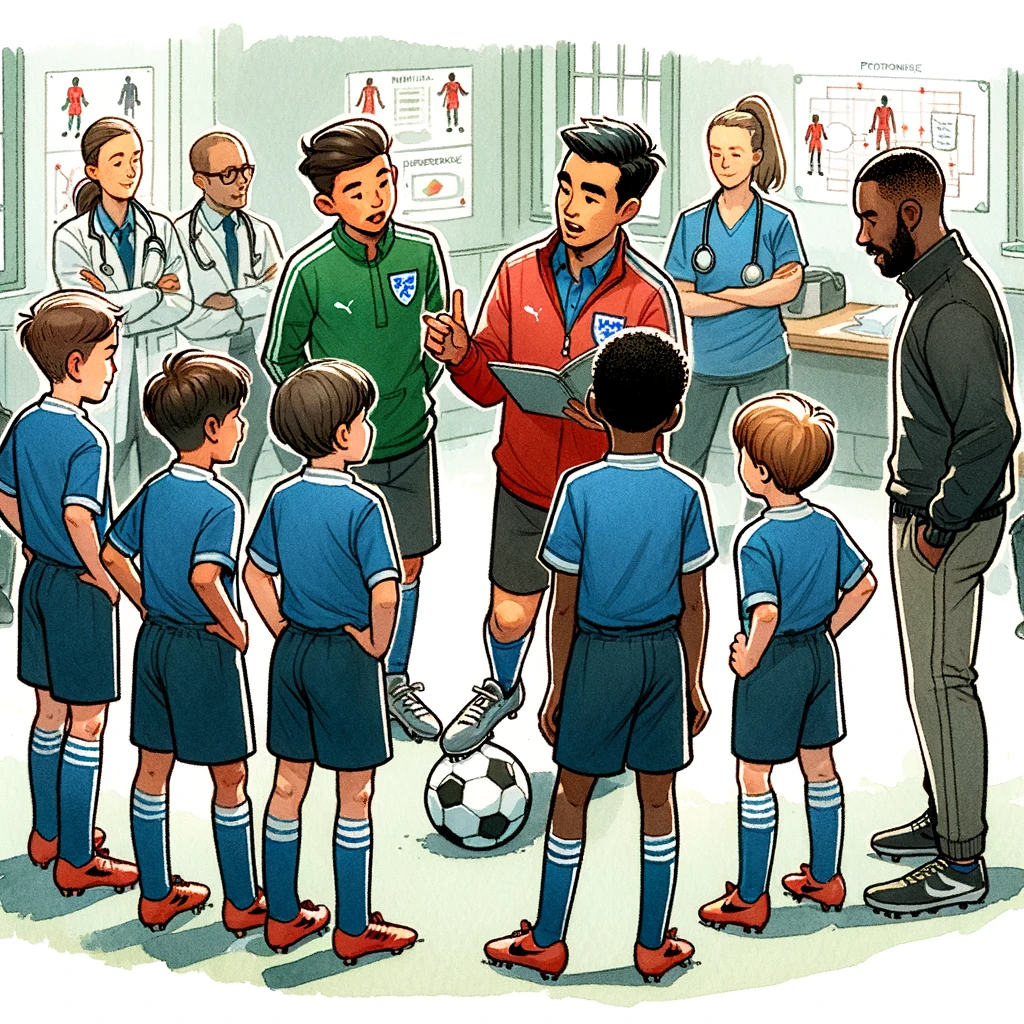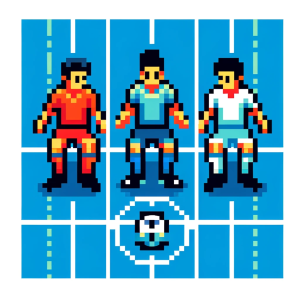
Success in Youth Soccer: Leveraging Organizational Structure and Practices for Optimal Development
The nurturing of young talent through academies is vital. The recent study, “A survey of organizational structure and operational practices of elite youth football academies and national federations from around the world: A performance and medical perspective,” provides an insightful look into the operational processes of medical and performance units within football academies. As a science communicator, I aim to break down the implications of this study for soccer coaching and player development, particularly for smaller, community-based clubs aspiring to succeed.
Strategic Alignment and Organizational Structure
One of the critical findings of the research is the strategic alignment between senior and academy medical and performance units in clubs and federations. This alignment facilitates a seamless transition and consistency in training methodologies and philosophies from youth levels to professional ranks. For smaller community clubs, this emphasizes the importance of a coherent strategy aligning with their long-term objectives. Developing a standardized yet flexible operational structure can aid in the formalization of processes and decision-making, leading to a more professional and effective academy system.
Knowledge Management and Utilization
Effective utilization of staff knowledge and external sources is a cornerstone of progressive academies. Community clubs can adopt this best practice by fostering a culture of continuous learning and knowledge sharing among their staff. Encouraging coaches and medical staff to stay updated with the latest research, engage in professional development, and share insights can significantly enhance the effectiveness of training and player care.
Injury Prevention and Return-to-Play
The study underscores the significance of shared decision-making among medical and performance staff in injury prevention and managing return-to-play protocols. Community clubs should prioritize establishing clear communication channels and collaborative frameworks among their coaching, medical, and performance teams. This collaborative approach ensures that every aspect of a player’s health and development is considered, leading to more effective injury prevention strategies and safer return-to-play protocols.
Data Management and Research
While larger clubs might have more resources to invest in sophisticated data management systems, community clubs can start by integrating basic data collection and analysis into their operations. Tracking performance, health metrics, and development progress can inform better coaching decisions and player development strategies. Engaging in research, even on a smaller scale, can help clubs stay informed about best practices and innovative football training and management approaches.
Conclusion: Embracing Best Practices for Future Success
This study offers a valuable roadmap for football academies worldwide. Adopting strategic alignment, effective knowledge management, collaborative injury management, and data-driven decision-making for community-based clubs can significantly impact their success in developing young talents. While resources might be more limited, the principles of professional academies can be scaled and adapted to fit smaller clubs’ contexts.
By embracing these practices, community clubs can provide an enriching environment that nurtures young talent, fosters excellence, and contributes positively to the broader football community. Aspiring clubs and coaches are encouraged to delve deeper into the original study to explore these themes further and integrate these learnings into their operational strategies.
Elevate your understanding of the beautiful game with ‘This Week in Soccer’.
Dive into a world where soccer science and strategy come alive. Subscribe now to our newsletter and be part of a community that transforms theoretical knowledge into practical mastery. Don’t miss out on the chance to access groundbreaking insights and redefine your approach to soccer. Subscribe today!


